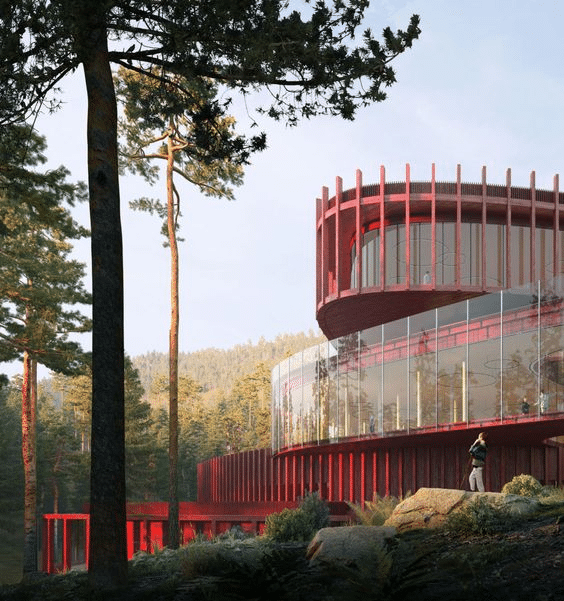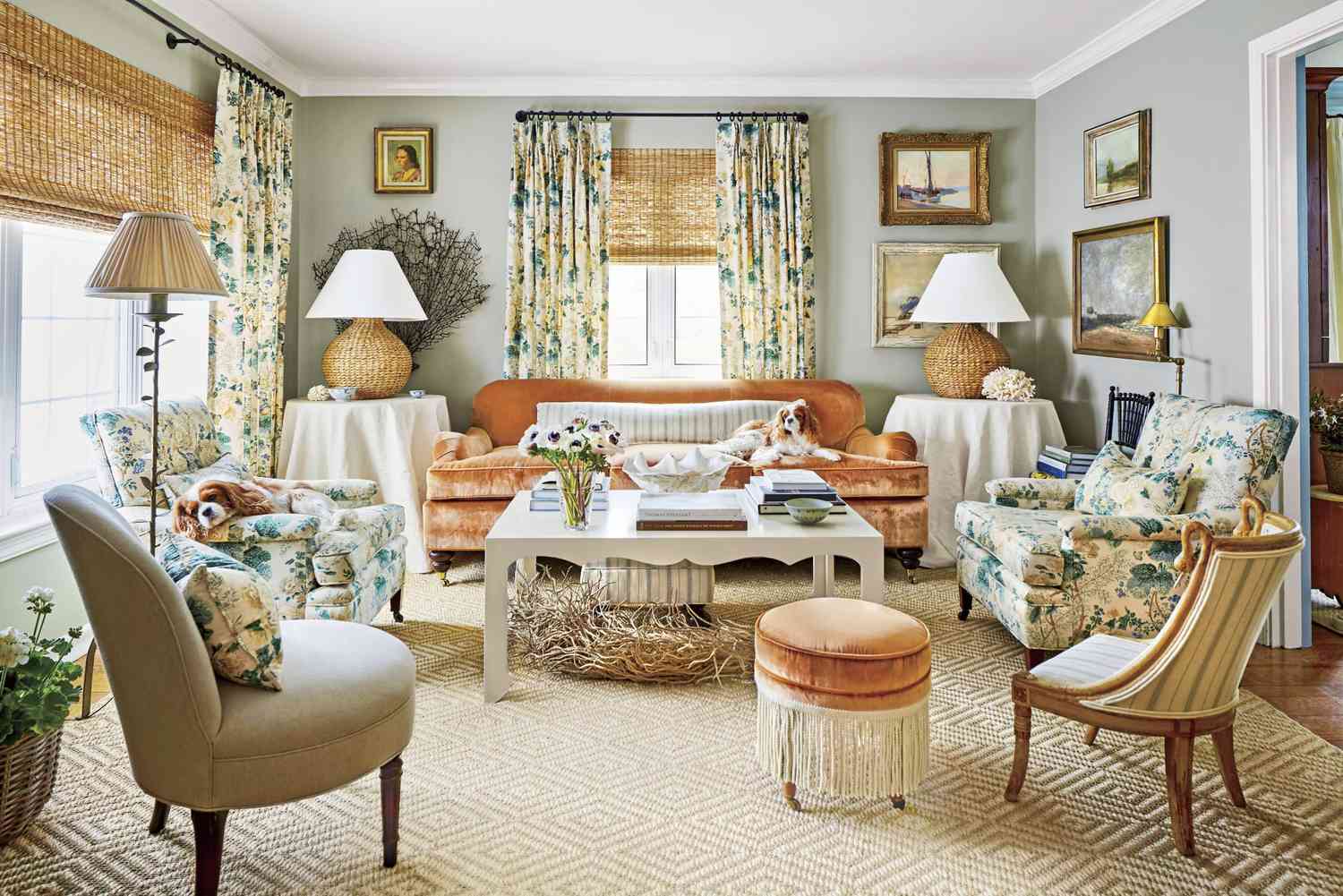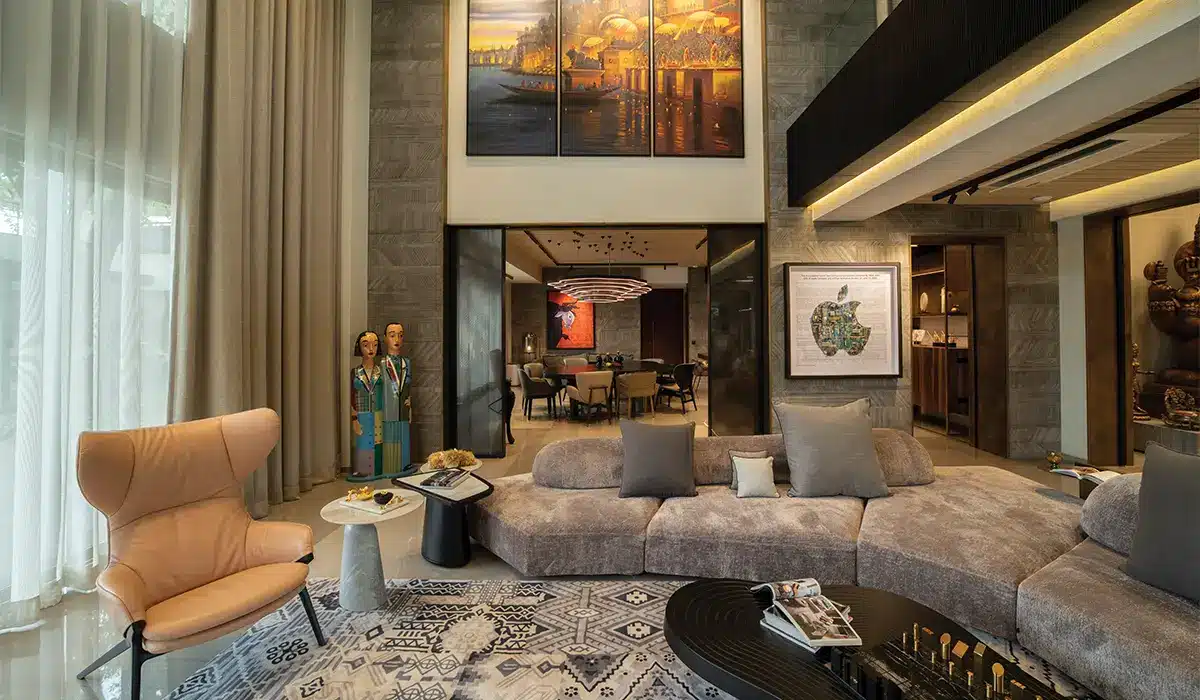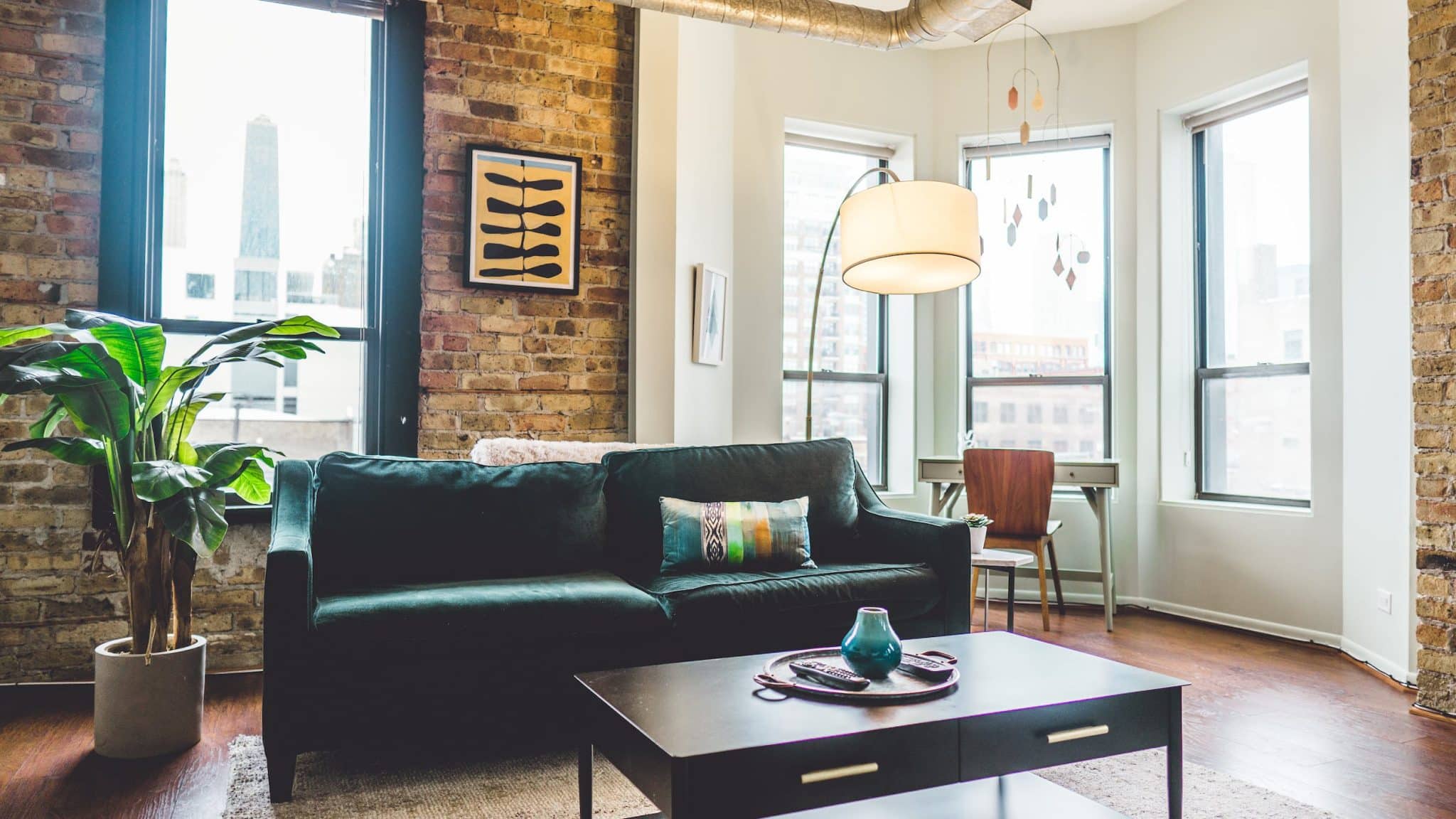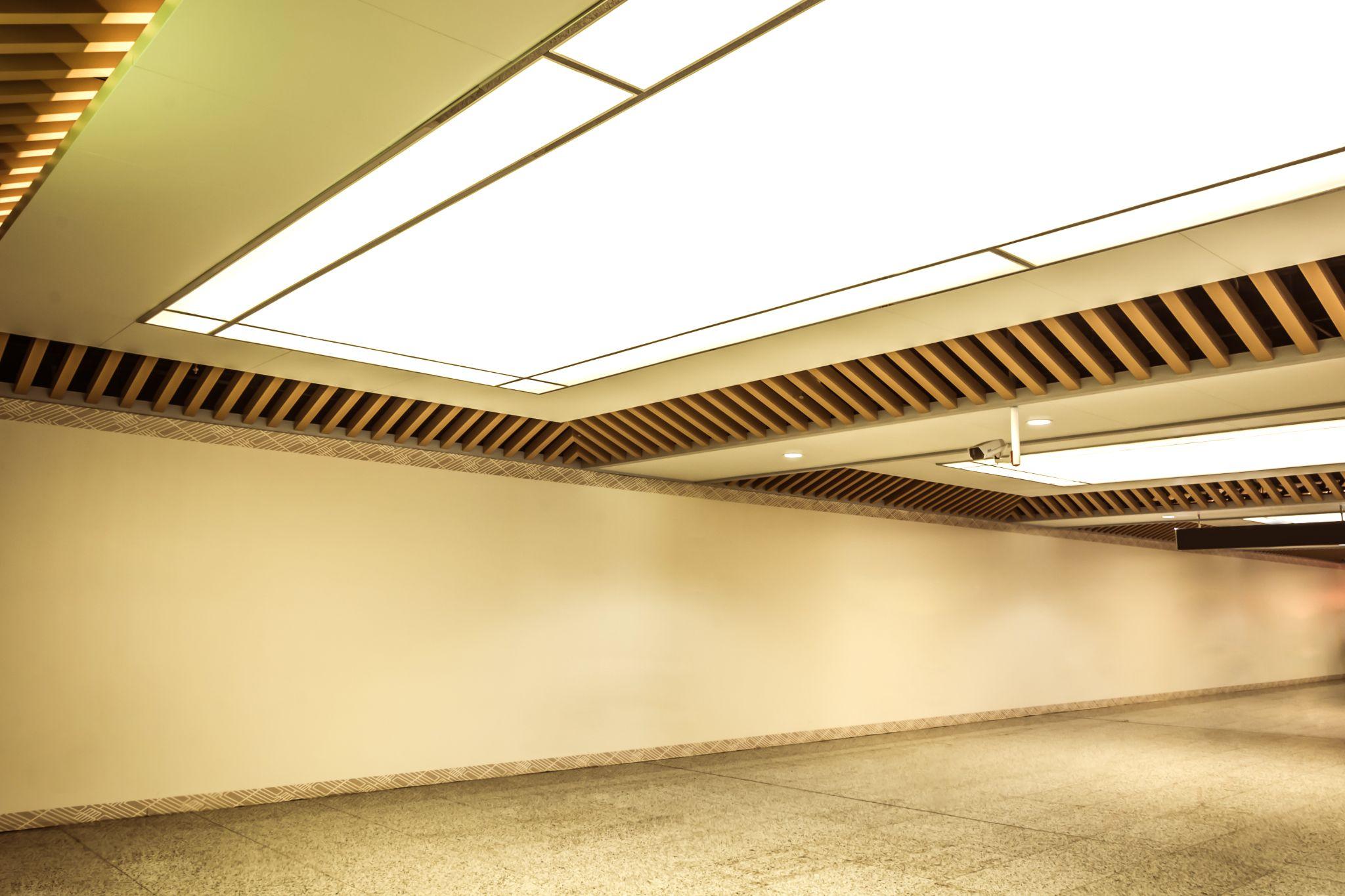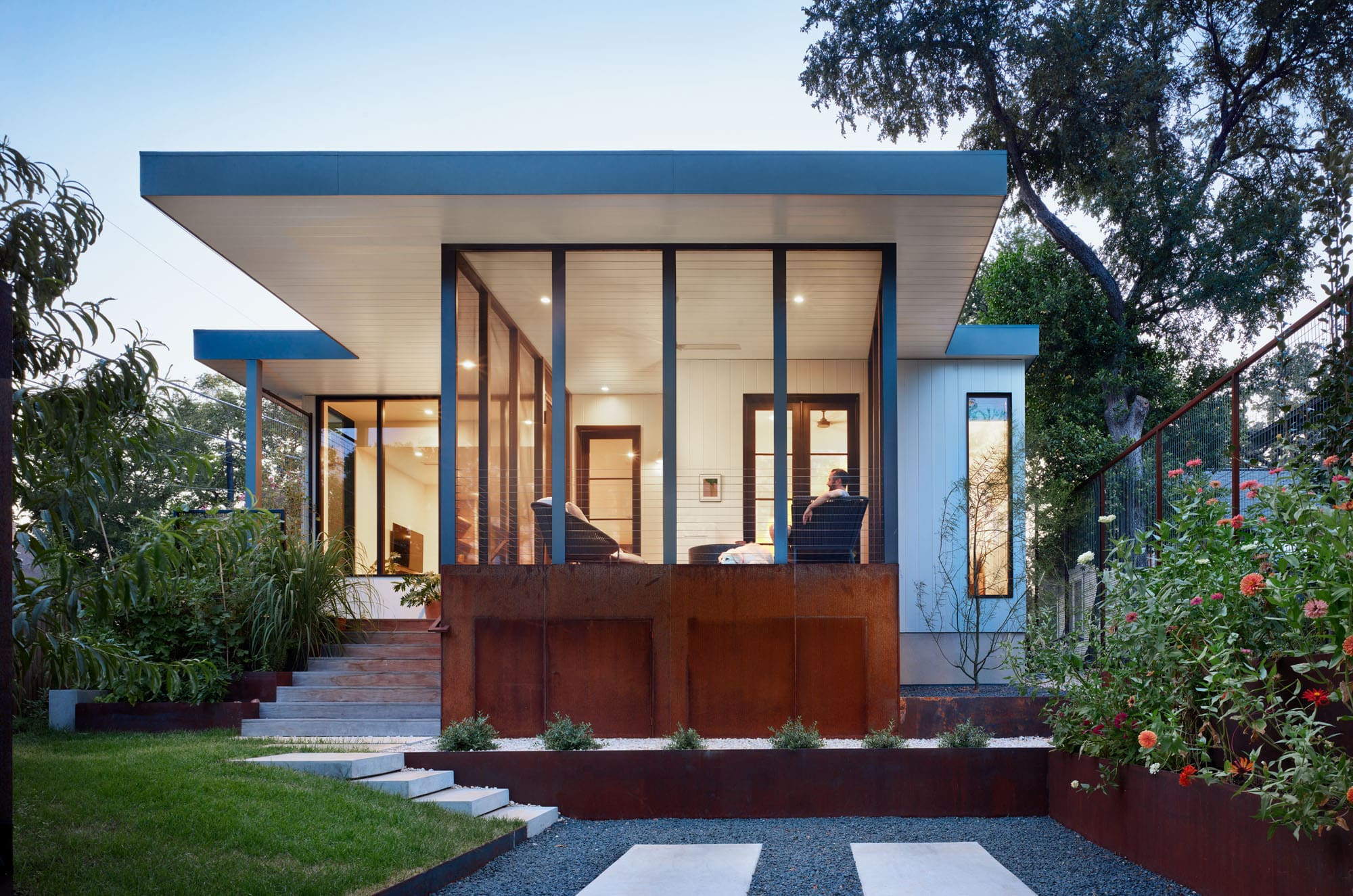How 3D Rendering Can Help You Communicate Your Design Ideas Effectively and Clearly
3D visualization is the process of creating graphic content using a 3D computer program. It offers a modern way to visualize projects, enabling designers and clients to better envision the future appearance of objects before they are physically realized.
The tasks involved in 3D visualization include detailed modeling, texturing, lighting, and rendering, all of which contribute to achieving a realistic and convincing image. For everything to function correctly, perfect communication among all parties is essential. Today, we will explore how 3D rendering can assist you in effectively communicating your design ideas.
3D Rendering Can Help You Convey the Details and Dimensions of Your Design
Let’s get straight to the point: 3D rendering is an indispensable tool for the detailed project visualization of architectural design projects. It allows you not only to demonstrate the final appearance of an object but also to accurately convey its scale, proportions, textures, colors, and lighting. For example, in architectural design:
- Scale and proportions. Architectural visualization provides customers with a clear understanding of the dimensions and spatial relationships between structural elements. This crucial work is often handled by a specialized 3D visualization studio.
- Textures and materials. Highly accurate reproduction of material textures (stone, wood, metal) by a 3D visualization studio helps assess aesthetic qualities and ensures the correct choice of materials. This aspect of interior visuals is crucial for the effective presentation of creative solutions.
- Color. Correct color reproduction by the 3D visualization studio offers a realistic perception of the project, emphasizing design ideas within architectural visualization.
- Lighting. Experiments with natural and artificial light, conducted by a 3D visualization studio, simulate different lighting conditions. This helps visualize how an object will look at different times of the day or under various weather conditions, a process that can be enhanced by integrating aspects of virtual reality into the rendering process.
Such detail in 3D visualization not only helps the audience better understand the project but also to evaluate its comprehensive thoughtfulness and functionality, significantly enhancing the design’s value.

3D Rendering Can Help You Illustrate the Functionality and Usability of Your Design
Let’s move on to the next point. 3D rendering visualization opens up incredible opportunities to demonstrate the functionality and user-friendliness of a design. This tool allows not only to evaluate the aesthetic aspects of the project but also to understand how the object will be used in real life. Thanks to dynamic rendering, you can clearly demonstrate movement, interaction between system components, and overall design performance. For example:
- Motion. In the field of industrial design, 3D visualization can recreate the mechanism of complex devices by showing how individual elements move in real-world use. This allows engineers and designers at a 3D visualization studio to accurately work out every detail before starting production.
- Interaction. In architecture and interior design, architectural visualization can be used to show how people will interact with space. Visualization helps clients imagine how zoning and furniture arrangement affect the convenience and functionality of the premises.
- Productivity. In landscape design, 3D visualization can demonstrate how garden components, such as irrigation or lighting systems, will perform in different conditions. This allows customers to see the effectiveness of the layout and its impact on garden maintenance.
Using 3D visualization to illustrate functionality and user experience is essential to understanding the overall value of a design. Clients and investors can not only see but also “feel” the project, which removes many doubts and facilitates investment decisions. Such a deep understanding of functional characteristics distinguishes projects in the market, providing them with an advantage through visibility and attractiveness. Virtual reality and hyper-realistic still images draw attention in many industries, offering a unique opportunity for product design and visualization services.
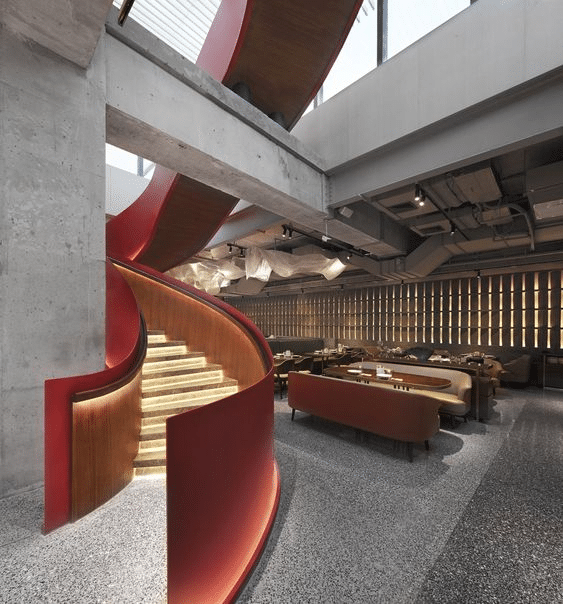
Architectural Rendering Can Help You Express the Mood and Emotion of Your Design
Now we’re getting to the final point. 3D rendering plays a key role in conveying the mood and emotions embedded in a design. Using this tool, designers can do more than just show the appearance of an object; they can effectively convey the atmosphere, style, and tone of the project, making each design element meaningful and memorable.
- Atmosphere. In architecture, architectural visualization can recreate the atmosphere of a place by showing how light enters through windows or how shadows fall on different surfaces, thereby affecting the overall feeling of the space. For example, soft morning light filling a bedroom with warmth can create a sense of comfort and tranquility, which is important for real estate living spaces.
- Style. In the field of interior design, 3D visualization allows you to demonstrate in detail style solutions — from classic to modern. 3D rendering can emphasize the elegance of furniture, the sophistication of decorative elements, or the modernity of technological innovations, allowing the viewer to appreciate the style and expressiveness of each detail.
- Tone. Determining the tone of a design through 3D visualization includes the use of color and texture, which can reflect energy, calm, luxury, or simplicity. For example, rich dark colors can evoke a sense of solidity and elegance, while light colors bring lightness and openness.
Using 3D rendering to express mood and emotion allows the audience to not only see, but feel the impact and intent of the designer. This not only enhances the perception of the project but also creates a deeper emotional connection between the viewer and the design, promoting greater engagement and impression.
Thanks to 3D visualization, each project can be presented not just as a physical object, but as a space that expresses certain ideas and emotions, significantly increasing its value and market appeal. Virtual reality techniques further augment this experience, making it more immersive. With the expertise of a 3D visualization studio or an architectural visualization studio, the potential to captivate and influence becomes even more profound.
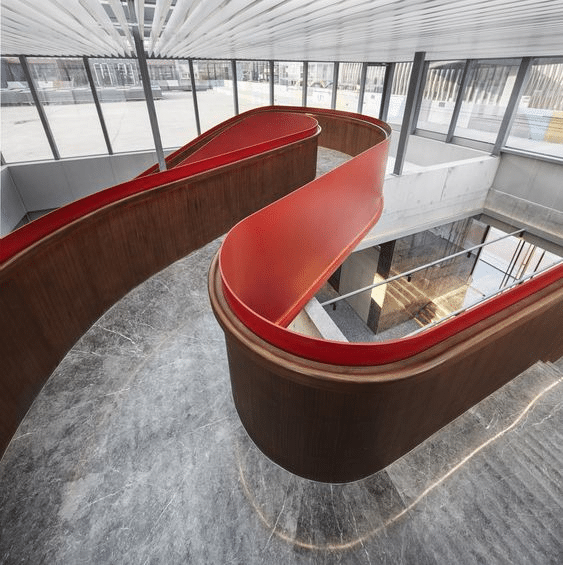
Conclusion
The famous architect and designer Frank Lloyd Wright said, ‘Form and function should be one, joined in a spiritual union.’ This combination is precisely what 3D visualization enables us to achieve. 3D rendering has become deeply rooted in interior design, advancing this niche and allowing the creation of superior projects by better demonstrating ideas.
Use 3D visualization studios for your projects to take your business to the next level and stay ahead of your competitors. Nothing conveys design ideas better than 3D rendering.

